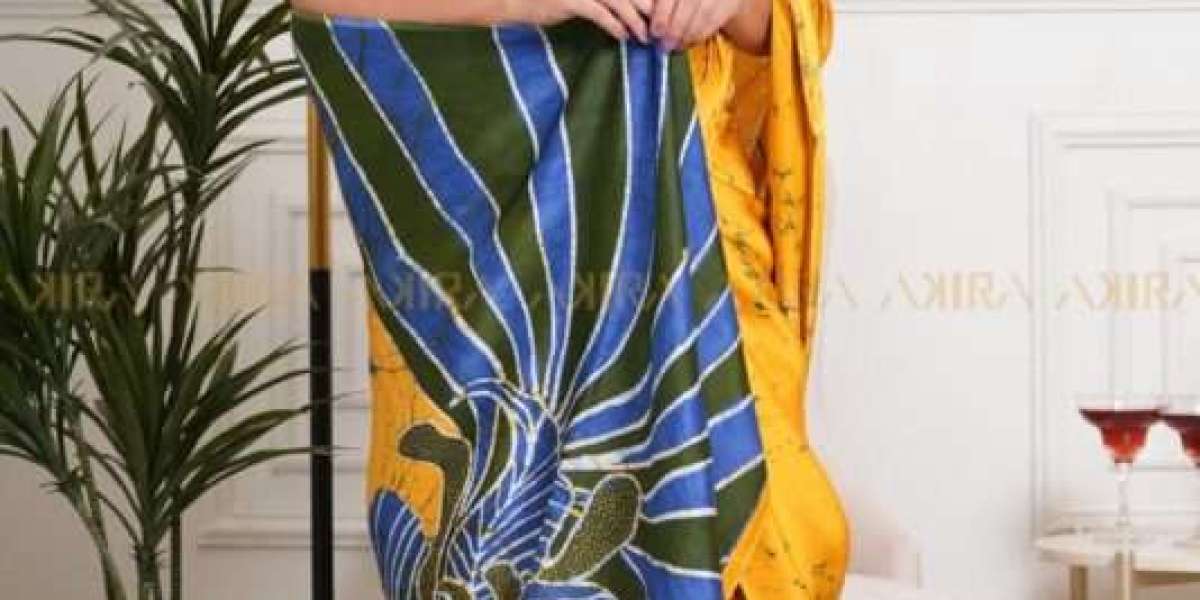Batik sarees in Sri Lanka are more than just garments; they are a living expression of the island’s culture, craftsmanship, and artistic heritage. Over the years, these vibrant sarees have become a symbol of individuality and tradition, representing the fusion of ancient techniques with modern fashion sensibilities. With their intricate designs, handcrafted patterns, and deep cultural roots, batik sarees have secured a unique place in the hearts of Sri Lankan women and beyond.
A Glimpse into the Art of Batik
The art of batik is a centuries-old dyeing technique that originated in Indonesia but found fertile ground in Sri Lanka. Introduced during the Dutch colonial period, batik-making was quickly adopted by Sri Lankan artisans who added their own creative flair to the process. What sets batik apart is its distinctive wax-resist dyeing method, where wax is applied to fabric to outline patterns. Once the dye is applied and the wax removed, the result is a striking design characterized by bold colors and subtle shading.
In Sri Lanka, batik evolved into a unique art form that blends traditional motifs with contemporary styles. The country’s batik industry flourished particularly in areas such as Kandy, Galle, and Colombo, where skilled artisans continue to practice and preserve this age-old technique.
The Charm of Batik Sarees in Sri Lanka
Among the many garments crafted using batik, sarees hold a special place. Batik sarees in Sri Lanka combine the elegance of the traditional six-yard drape with the artistic charm of handcrafted batik patterns. These sarees often feature motifs inspired by nature—such as peacocks, lotus flowers, palm leaves, and elephants—interwoven with geometric patterns and abstract designs.
What makes batik sarees truly captivating is the individuality they offer. Each saree is a piece of wearable art, often taking days or even weeks to complete. Since the batik process is done by hand, no two sarees are exactly alike, which appeals to women looking for something exclusive and personal. The natural imperfections in the dyeing process only add to the beauty and authenticity of the final product.
Cultural Significance and Modern Appeal
Batik sarees in Sri Lanka are worn during a variety of occasions, from formal events and weddings to religious festivals and cultural celebrations. Their bold yet graceful appearance makes them ideal for occasions that call for elegance with a touch of tradition.
What’s interesting is how batik sarees have managed to bridge the gap between the old and the new. Young Sri Lankan women increasingly choose batik sarees for university functions, corporate events, and even bridal wear. Designers have also started experimenting with innovative draping styles, blouse cuts, and color palettes to give batik sarees a contemporary edge.
The government and local fashion movements have played a key role in promoting the batik industry. Initiatives to support local artisans, especially women, have helped batik-making become a sustainable source of income in many rural communities.
Craftsmanship and the Handmade Touch
The process of creating batik sarees Sri Lanka is intensive and requires immense skill. It begins with selecting a high-quality fabric—usually cotton, silk, or rayon. Artisans then sketch designs onto the fabric, which are traced with hot wax using tools like tjanting needles or brushes. The cloth is then dipped in dye, and the wax prevents the color from penetrating certain areas. Multiple rounds of waxing and dyeing are performed to achieve multi-colored, layered designs.
After dyeing, the fabric is boiled to remove the wax, revealing the final pattern. This meticulous process demands not just precision but a deep understanding of color theory and fabric behavior. It’s this dedication to craftsmanship that makes batik sarees in Sri Lanka stand out on the global fashion stage.
A Growing Global Presence
With the rise in appreciation for slow fashion and ethically made garments, batik sarees in Sri Lanka are gaining international recognition. Tourists visiting the island often take home batik sarees as souvenirs, drawn to their beauty and cultural significance. Fashion designers in Europe, Australia, and North America have also begun incorporating Sri Lankan batik into their collections, further boosting the global appeal of this traditional art form.
The online marketplace has played a pivotal role in this evolution. Many local brands now offer batik sarees through e-commerce platforms, making it easier for customers around the world to own a piece of Sri Lanka’s artistic legacy.
Preserving Tradition, Inspiring the Future
While modernization brings both opportunities and challenges, the essence of batik sarees in Sri Lanka remains rooted in tradition. Efforts to teach batik-making in schools and vocational centers ensure that the younger generation continues to embrace this heritage. Additionally, collaborations between fashion designers and local artisans are helping to keep the craft relevant and innovative.
As fashion trends shift toward authenticity and sustainability, the timeless allure of batik sarees is only expected to grow. For many, wearing a batik saree is not just about looking good—it’s about honoring a rich cultural tradition, supporting local artistry, and celebrating the unique stories woven into every thread



